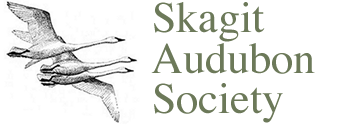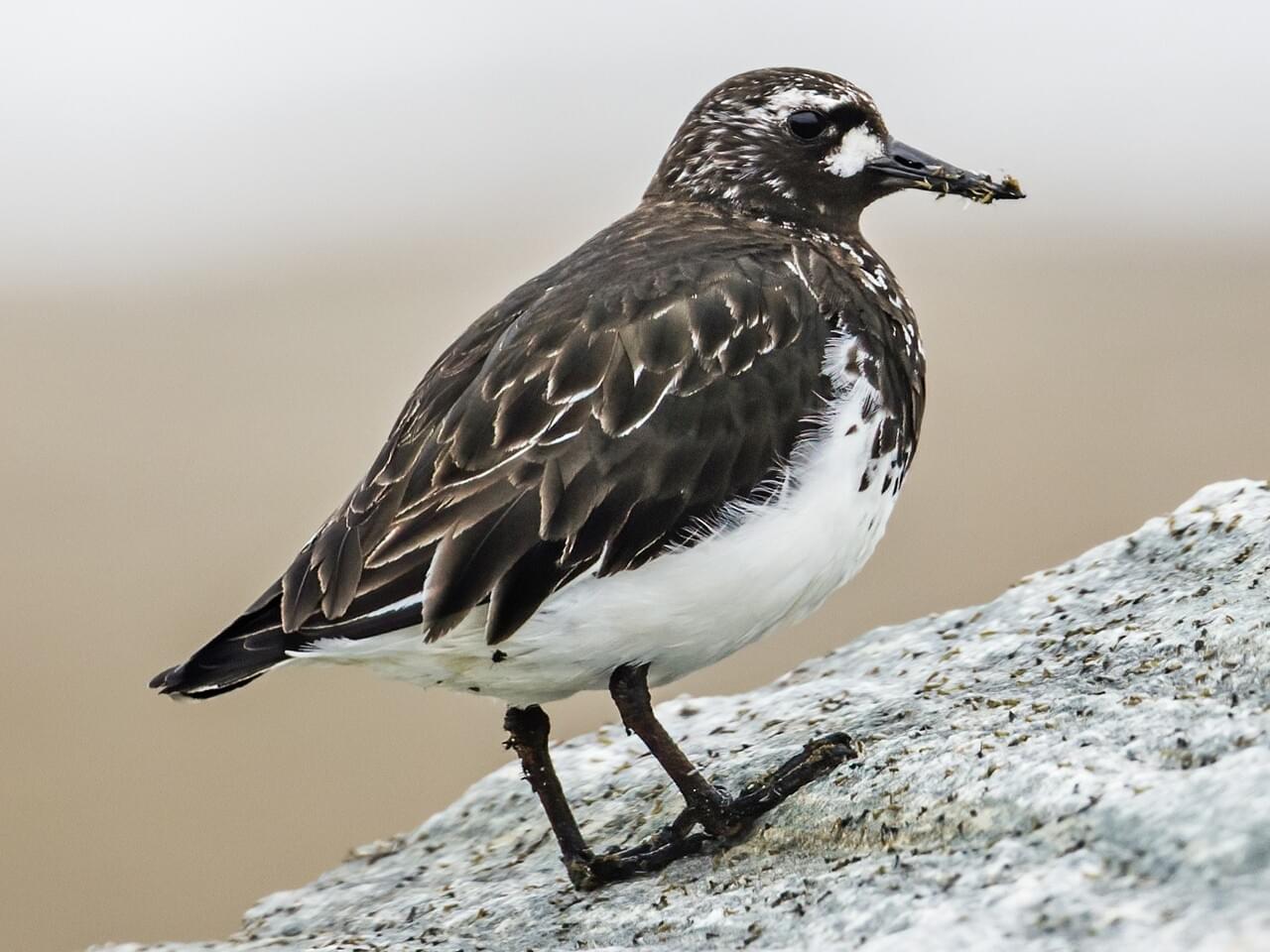Chestnut-backed Chickadee
- Details
- Last Updated: August 28, 2023
Occupying a narrow coastal range from southern Alaska to central California (plus portions of the North Cascades and Canadian Rockies), the smallest West Coast chickadee is noisy, active, acrobatic, social and gregarious. Who am I? The Chestnut-backed Chickadee (Poecile rufescens) is commonly found in moist and dense coniferous and mixed-coniferous forests. In the most dense forests, it is probably the only chickadee you will find. Although their dark colors easily blend into the surrounding foliage, these chickadees can be easy to spot from their foraging behavior. They pick and glean insects and seeds from bark and branches, often hanging upside down, and they are almost constantly on the move. It is not uncommon to find them in mixed flocks of other small birds like nuthatches and kinglets.
Chestnut-backed Chickadees are handsome little birds. They have dark, reddish-brown backs with dark grey wings and tail feathers. Their heads are black and white and are large in overall proportion to their small bodies. These chickadees are not migratory but will move locally within their range, probably in response to food quality and availability. They eat a wide assortment of insects and their larvae plus seeds, berries and suet from backyard feeders. Caterpillars and wasp larvae are favorite prey items when chickadees are feeding their young.
When it’s time to nest, the male will lead the female around to prospective nest sites. Chickadees are cavity nesters so they will either excavate their own nesting hole in a decaying tree, stump or post, or they will use an abandoned woodpecker hole. They are also easily attracted to nest boxes. The female selects the site and preparations begin. She builds the nest herself, a process that takes 7-8 days, using animal fur, moss, strips of bark, grass and feathers. She also constructs a “fur blanket” that she places over the eggs when she leaves the nest. She lays 1-11 eggs and incubates them for 12-18 days. Once hatched, the nestlings spend 18-21 days in the nest before fledging. Both parents care for their young and remain monogamous during the breeding season. A successful pair will raise 1-2 broods a year.
The North American Breeding Bird Survey found a 56% decline in population between 1966-2015 and Partners in Flight estimates the global population at 9.7 million (64% US and 36% Canada). Land management practices that reduce the number of dead trees and snags can make it more difficult for these birds to find nesting sites.
Learn more: www.allaboutbirds.org/guide/Chestnut-backed_Chickadee




